Nischal Acharya
Doctoral Project: Connecting AGN to host galaxy properties


Nischal Acharya received his bachelor degree in 2015 from the Tribhuwan University, Nepal. He then moved to the University of Turku, Finland, where he completed a Master in Astronomy and Space Physics in 2019. During his master he studied the properties of QSO hosts and their environment using the Galaxy And Mass Assembly (GAMA) survey and the Large Quasar Astrometric Catalogue (LQAC).
Key interests: Statistical methods, data science and machine learning.
Alba Vega Alonso Tetilla
Doctoral Project: Semi-analytic models of black hole growth and galaxy evolution
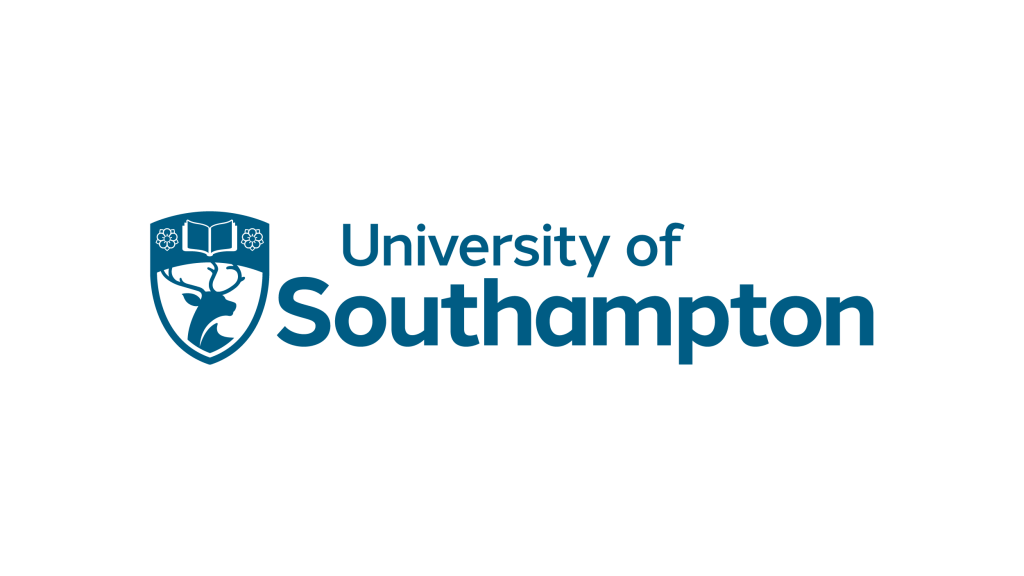

Alba was an undergraduate at the Universidad de Salamanca, Spain, where she studied the theoretical physics behind Black Holes and Wormholes during her final year dissertation. During her Erasmus+ in the United Kingdom, she worked with University of Bristol‘s supercomputer BlueCrystal to do n-body simulations and parallel programming. She also studied at the Universidad Complutense de Madrid, Spain, completing her Master’s in Astrophysics in 2020. As part of her final master thesis she analysed the gas inflow/outflow in PHANGS galaxies.
Key interests: Active Galactic Nuclei (AGN), cosmology, semi-analytic models, machine learning, computational astrophysics.
Carolina Andonie
Doctoral Project: The accretion and host properties of rapidly accreting black holes
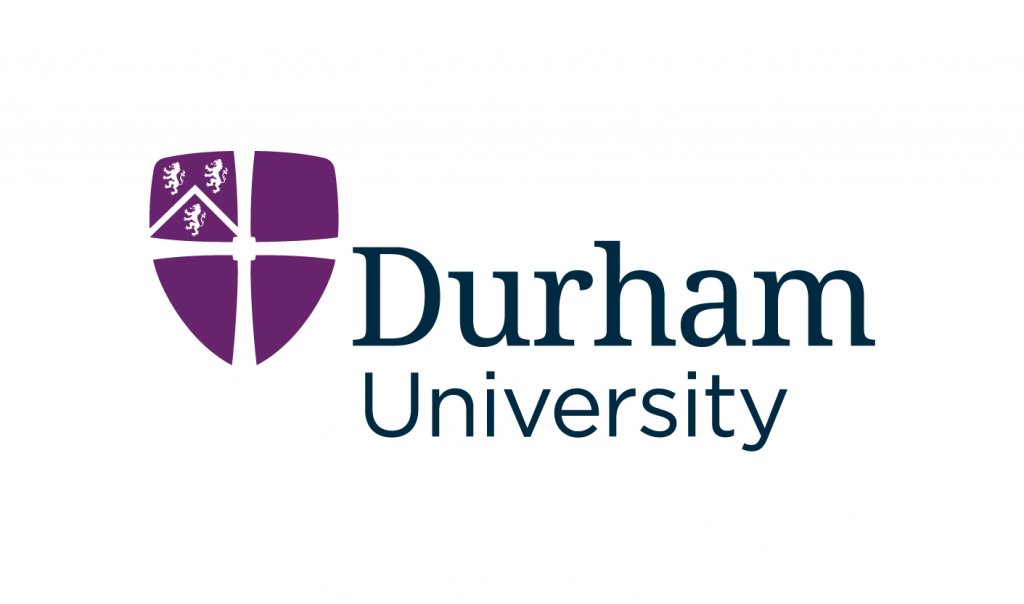
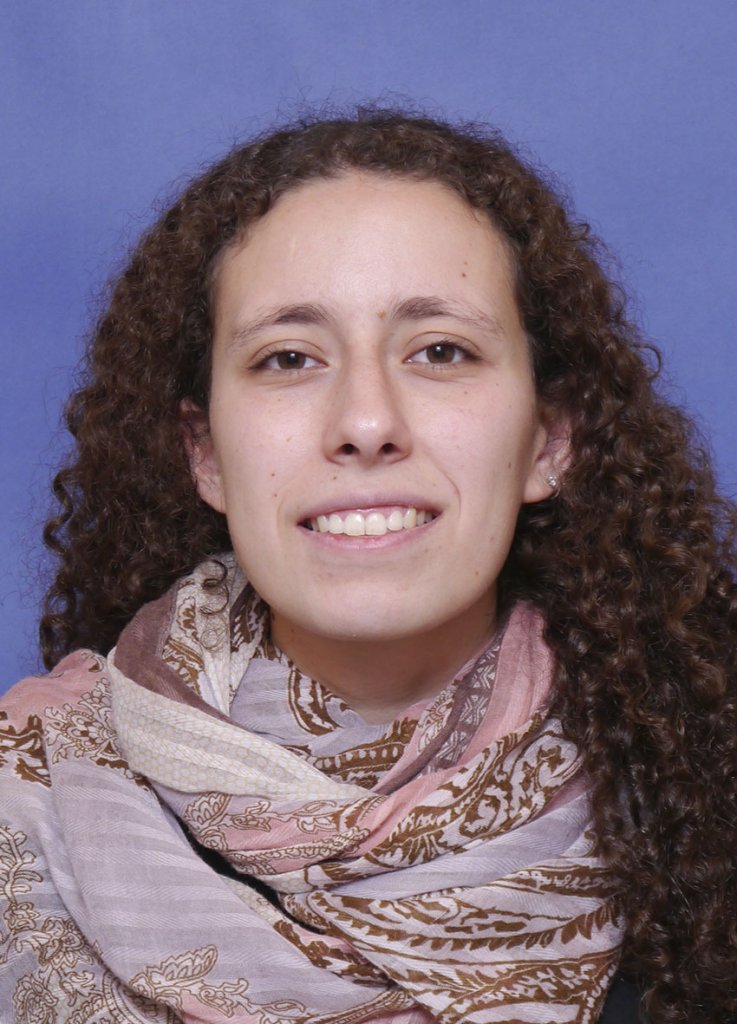
Carolina completed her Masters in Astrophysics at the Pontificia Universidad Catolica de Chile in Santiago, where she also received her Licenciate in Astronomy (the equivalent of a Bachelors degree) in 2018. To date Carolina has already obtained extensive research experience. Her Masters research focused on studying the Iron K-alpha emission line variability in a large sample of nearby AGN using extensive X-ray observations while her Licenciate research focused on developing a self-consistent model to explain the X-ray emission from the Compton-thick AGN in the Circinus galaxy, based on a physical mid-infrared model. She is aiming to publish both of these studies in peer-reviewed journals. During her PhD she is looking forward to developing machine-learning techniques to efficiently analyse large datasets and to collaborate on a wide range of observational and computational projects. Carolina has secured a postdoctoral position at Max Planck Institute for extraterrestrial physics (MPE).
Mathilda Avirett-MacKenzie
Doctoral Project: The role of mergers and disc instabilities in fuelling AGN


Mathilda completed her Master’s degree in Astrophysics at the University of St Andrews in 2020, where she investigated extracting galaxy velocity dispersions from spectra taken by the Dark Energy Spectroscopic Instrument. Before this, she obtained Bachelor’s degrees in Physics and Mathematics from the Georgia Institute of Technology, where she worked on constructing models of AGN spectral evolution constrained by observations of the cosmic X-ray background and AGN number counts, publishing her results in the Monthly Notices of the Royal Astronomical Society (MNRAS) in 2019. She is looking forward to combining her interest in Machine Learning and her passion for AGN physics during this PhD.
Evgenii Chaikin
Doctoral Project: High-resolution hydro simulations of massive galaxies and their central black holes with AGN feedback and radiative transfer
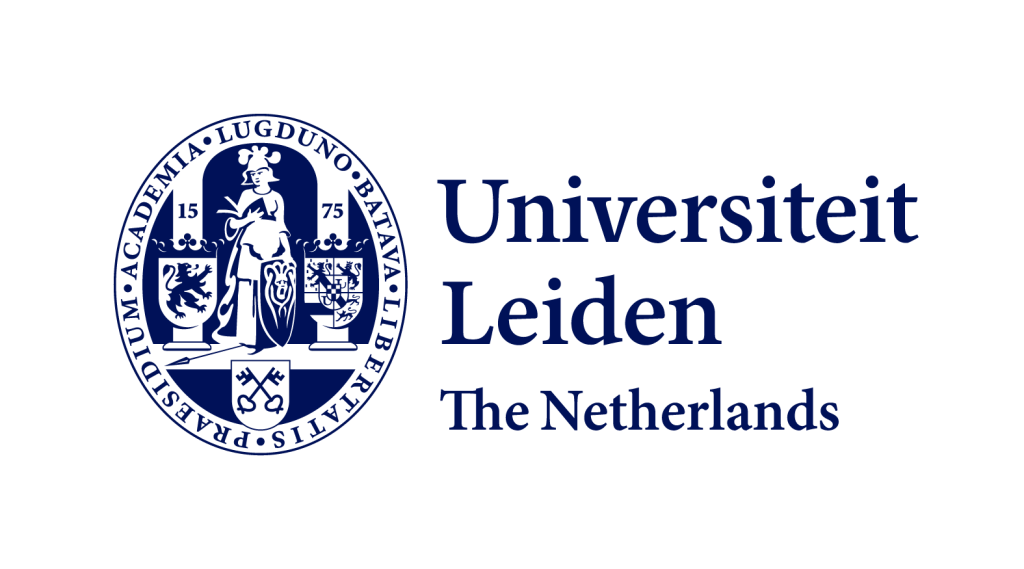
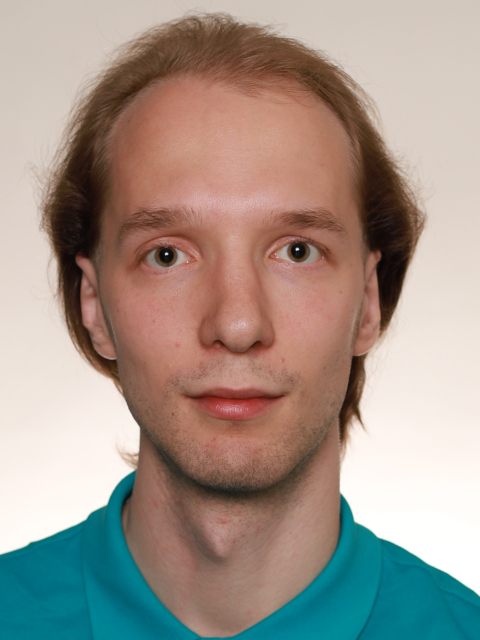
Evgenii received his Bachelor’s degree in Astrophysics at the Peter the Great Saint-Petersburg Polytechnic University, Russia. His Bachelor’s project was focused on simulating the thermal evolution of isolated neutron stars, whereby Evgenii gained extensive experience in computational astrophysics. He moved to Germany and earned a Master’s degree from the University of Bonn. During his Master’s research, Evgenii developed a novel method for computing the optical depth of the intergalactic medium in cosmological simulations including the effects of bulk motions and thermal broadening. Evgenii has secured a postdoctoral position at Leiden University.
Key interests: Galaxy evolution, computational astrophysics, AGN, feedback, cosmology
Hao Fu
Doctoral Project: Semi-empirical models of black hole growth/galaxy evolution
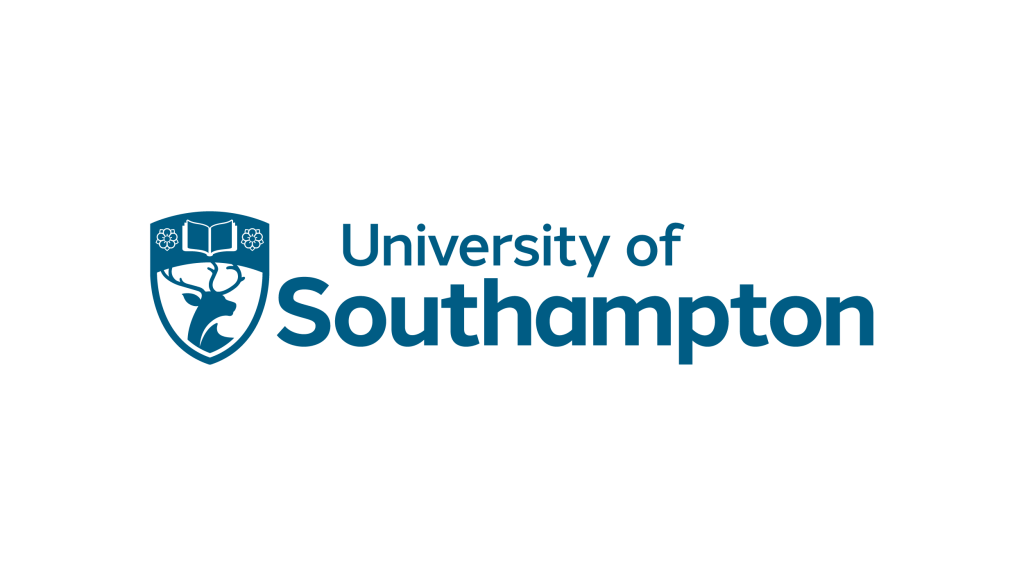
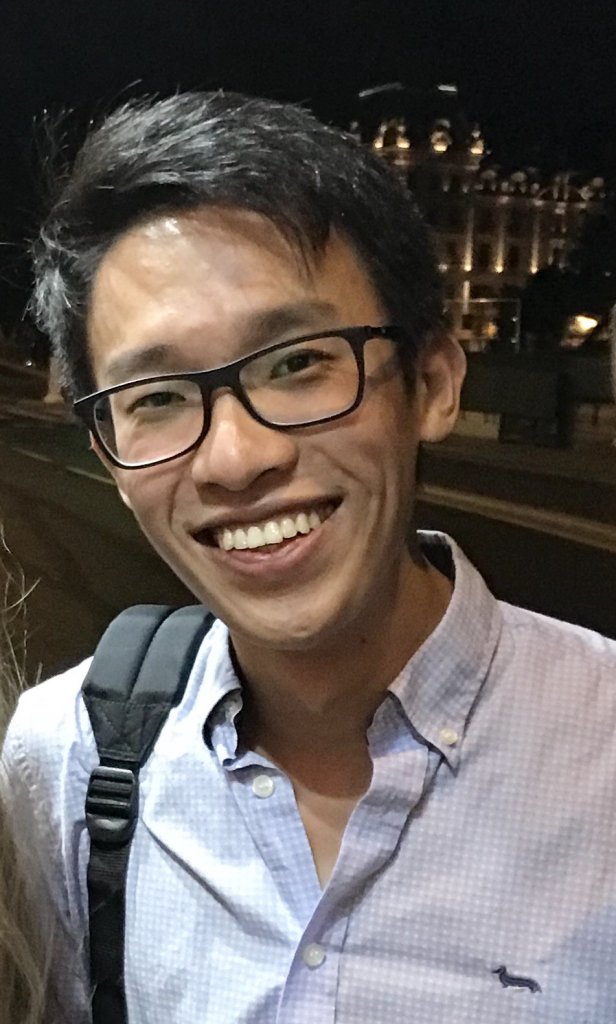
Hao studied at Sapienza University of Rome, where he achieved both his Bachelor’s in Physics and Master’s in Astronomy and Astrophysics in 2019. His Master’s research focused on the forecasts for future CMB spectral distortions experiments and their synergies with temperature anisotropies. After completing his Master’s thesis at the Institut d’Astrophysique de Paris, he moved to the University of Southampton where he is working on galaxy formation and evolution via semi-empirical models in the astronomy group. Hao has secured a postdoctoral position at Shanghai Fudan University.
Key interests: galaxy evolution, semi-empirical models, cosmology.
Brivael Laloux
Doctoral Project: Probing the role of orientation in buried AGN
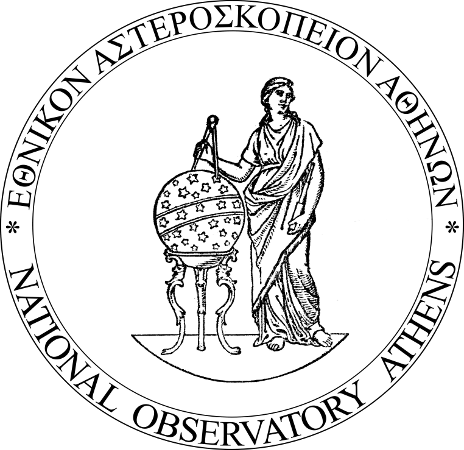
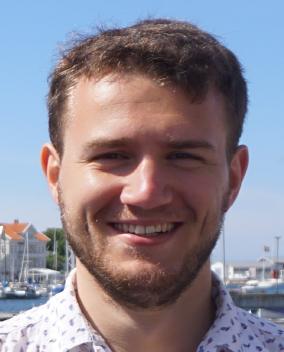
Brivael graduated a bachelor’s degree in physics at the Université Pierre et Marie Curie, Paris. He obtained his master degree in 2020 from Uppsala University, Sweden. His master thesis was on flash-spectroscopy of type II supernovae. He also worked on ghostly DLA QSOs to constrain the spatial structure of the Broad Line Region (publication in preparation). The aim of his PhD will be to study the link between QSOs obscuration and the early stages of the growth of supermassive black holes. Brivael has secured a postdoctoral position at the INAF-Osservatorio Astronomico di Capodimonte.
Key interests: AGN, spectroscopy, and modelin.
Ivan Lopez
Doctoral Project: Constraints on supermassive black holes accretion ratio distributions from large area multi wavelength surveys
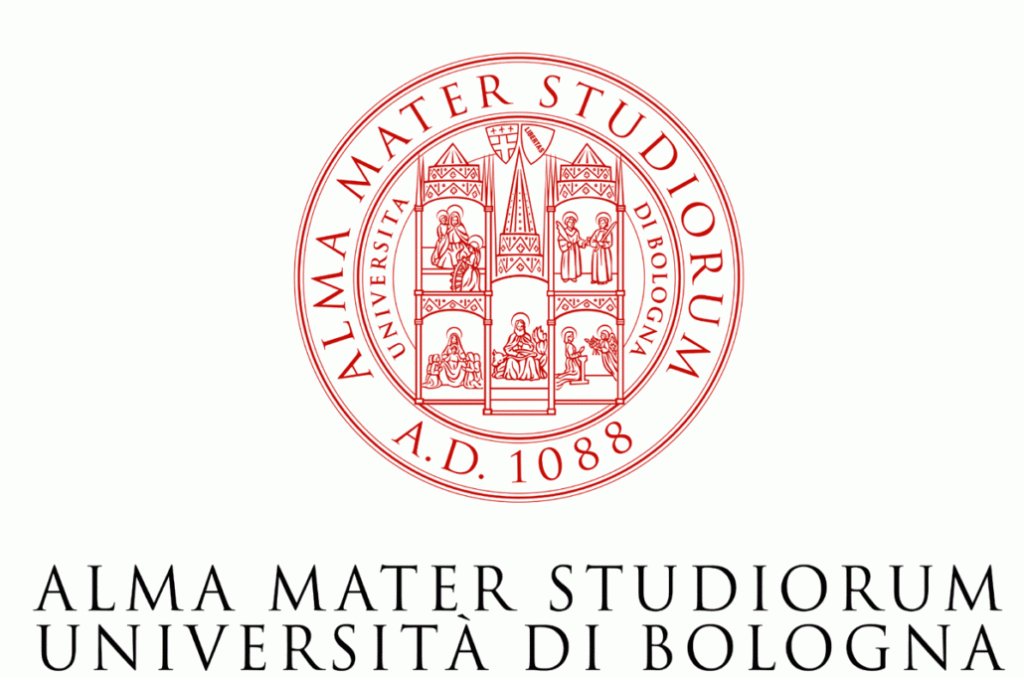
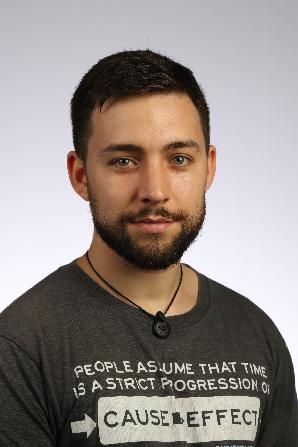
Ivan completed his Masters’s degree in Astronomy at the Universidad Nacional de La Plata, Argentina. His master’s thesis was about extended molecular hydrogen emission in nearby AGNs by studying data cubes from the Spitzer Telescope to understand better the interaction between jets and the interstellar medium. He was a teaching assistant on the Stellar Systems and Mechanics courses and he worked for five years as a guide at the Planetarium of La Plata. In 2019 he participated in the Summer Programme at the STScI, to make a fitting tool for datacubes from MIRI and NIRSpec for the James Webb Space Telescope. He also took part in a project to explore photometric relations of extended sources using broad and narrow filters in the SPLUS survey. Ivan has secured a postdoctoral position and independent research fellowship (Cassini Fellowship) at the Observatory of Bologna (OAS-INAF Bologna).
Key interests: AGN, feedback, galaxy evolution, observational techniques, machine learning, and multiwavelength astronomy.
Ivan Munoz Rodriguez
Doctoral Project: Measurements of the AGN luminosity function and clustering

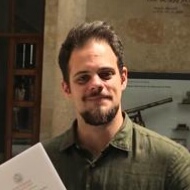
Ivan studied Physics in Salamanca University, Spain, and in the last year for his bachelor thesis he studied what effect would have over the Solar System if all dark matter would be composed by primordial black holes (PBH). He finished a master in Astrophysics, called FisyMat in Granada University, Spain. In his final master thesis he worked in the network of CARMENES studying the occurrences of exoplanets around M-dwarfs.
Key interests: Astrophysics, AGN, galaxy formation and evolution, cosmology, dark matter, dark energy, observational techniques, computational astrophysics, machine learning, deep learning, and scientific divulgation.
Blessing Musiimenta
Doctoral Project: Incidence and energetics of AGN winds in the distant Universe

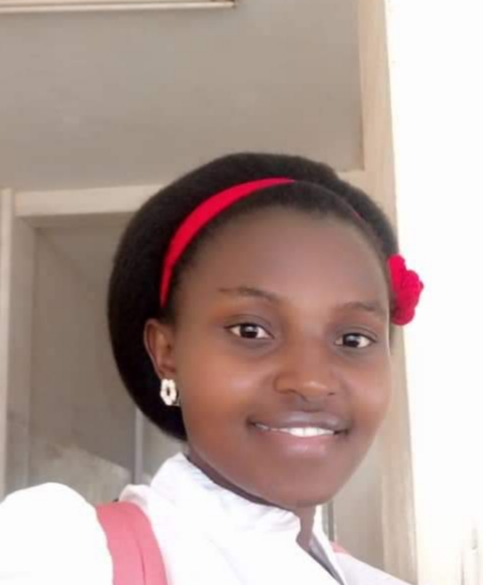
Blessing has a Bachelor’s degree in science with education (Physicals) from Mbarara University of Science and Technology (MUST), Uganda. From the same university she got a Master’s degree in physics in October 2019. Her master’s project focused on using multi-wavelength information and Fermi-LAT data analysis to identify new gamma-ray blazars from Infrared selected blazar candidates. Blessing has secured a postdoctoral position at UNIBO.
Key interests: Galaxy formation and evolution, active galaxies, high energy astrophysics, multi-frequency and multi-messenger approaches to unveil extreme sources, and cosmology.
Luca Sala
Doctoral Project: AGN evolution processes and galaxy formation physics in cosmological, multiscale hydrodynamical simulations
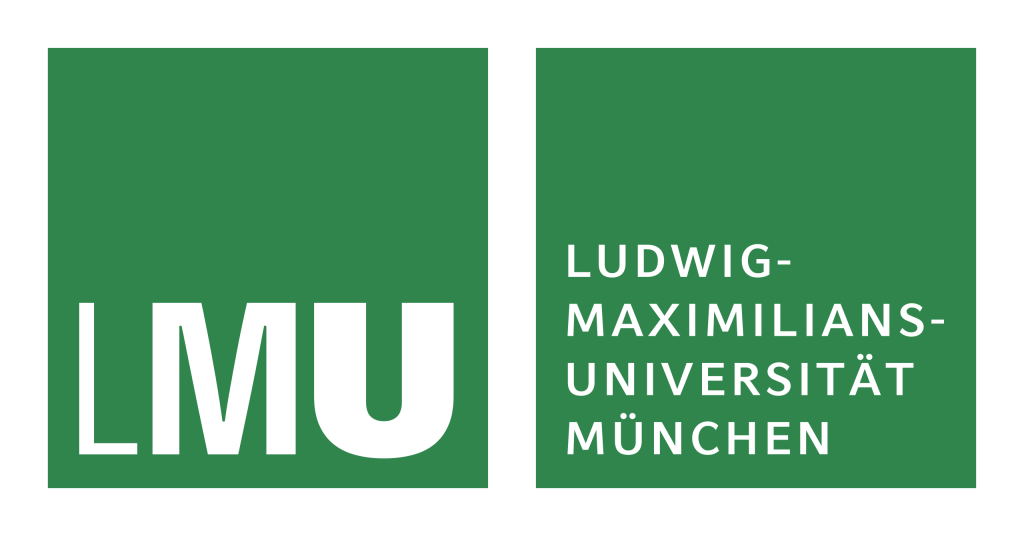
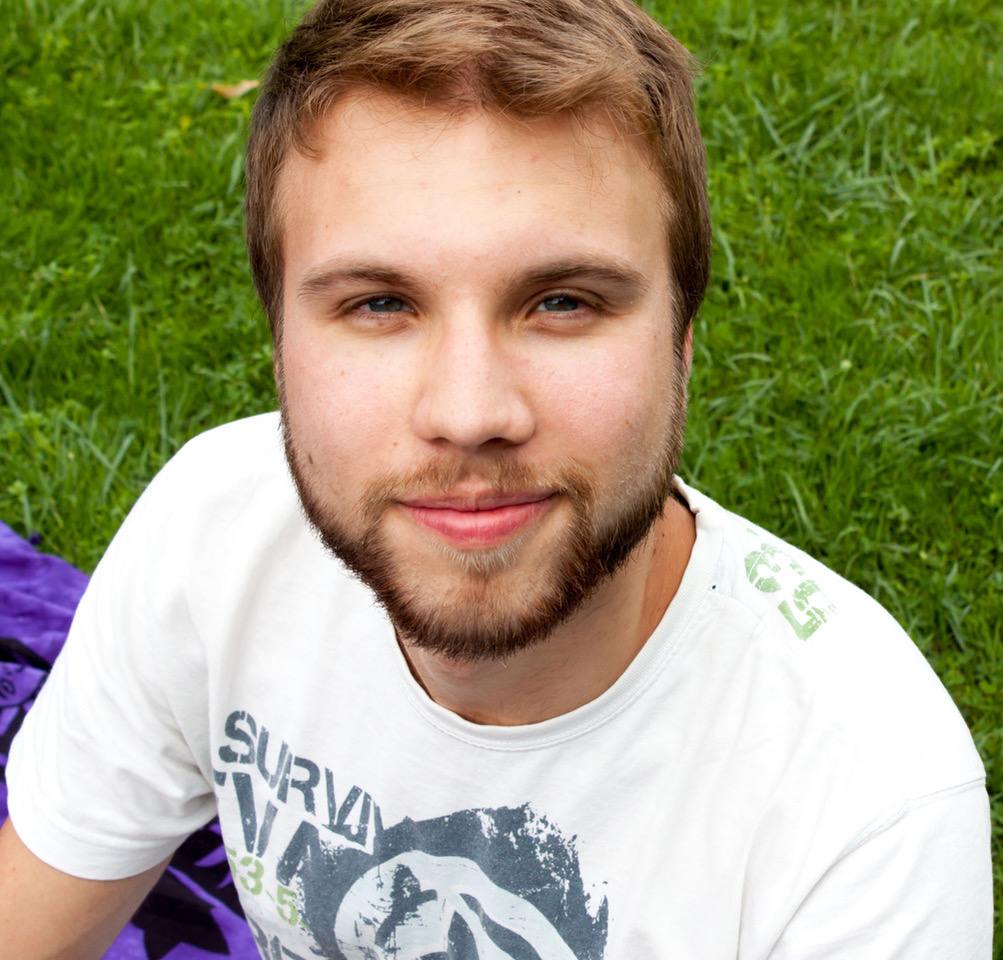
Luca Sala studied Astrophysics at the Department of Physics in the University of Milano-Bicocca in Italy where he was awarded his Master’s Degree in 2020. His master’s research project focused on the design and implementation of a feedback model from Active Galactic Nuclei in the gravitational and hydrodynamical code GIZMO. His research interests are massive black holes accretion and feedback processes, galaxy formation, evolution and dynamics and computational astrophysics.
Key interests: Computational astrophysics; galaxy formation and evolution; AGN; Supermassive Black Holes; feeding, and feedback.
Alexander Sicilia
Doctoral Project: Advanced phenomenological models to probe the coevolution of massive galaxies and supermassive black holes through cosmic times


Alex completed his Integrated Masters’ in Theoretical Physics at the University of Sussex. His final year dissertation was to investigate the use of the MErger Graph Algorithm as a framework for galaxy formation using dark matter halo analysis. He has also completed short projects on the analysis of tadpole and horseshoe orbits and an investigation into the impact of supernovae and quasars on reionisation.
Key interests: Theoretical astrophysics; galaxy formation and evolution; N-body and hydro- simulations; cosmology; active galactic nuclei and quasars; educational, outreach, and public engagement activities.
Giovanna Speranza
Doctoral Project: Incidence and energetics of AGN winds in the local Universe
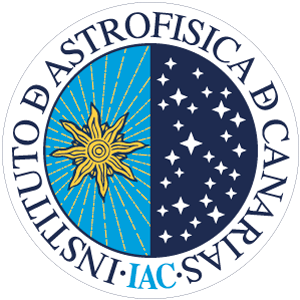
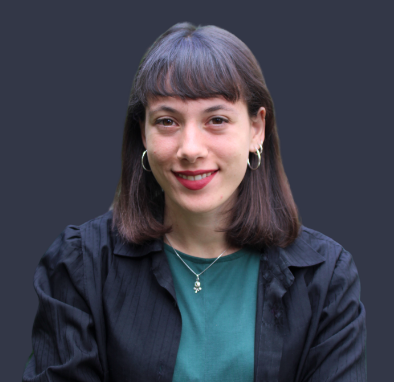
Giovanna Speranza got her Bachelor’s degree in Physics at the University of Torino. Her interest in Astrophysics grew up during her Erasmus at the University of Granada, after visiting the IRAM radio telescope on Sierra Nevada. From there, she enrolled for a master in Astrophysics at the University of Torino. In her master thesis she took part to a project called MURALES (a MUse RAdio Loud Emission line Snapshot survey), analysing the data of 40 radio sources provided by the spectrograph MUSE. Her work aimed at exploring the presence of outflows and the consequences of the feedback process, using a non-parametric analysis. She also worked as a visitor student at the CfA of Cambridge after getting the Master’s degree. Giovanna has secured a postdoctoral position at the Instituto de física fundamental.
Key interests: AGN, feedback, observational techniques, and galaxy evolution.




